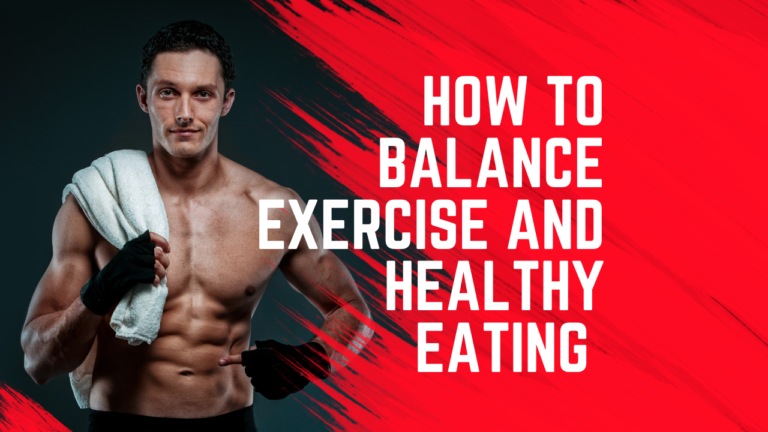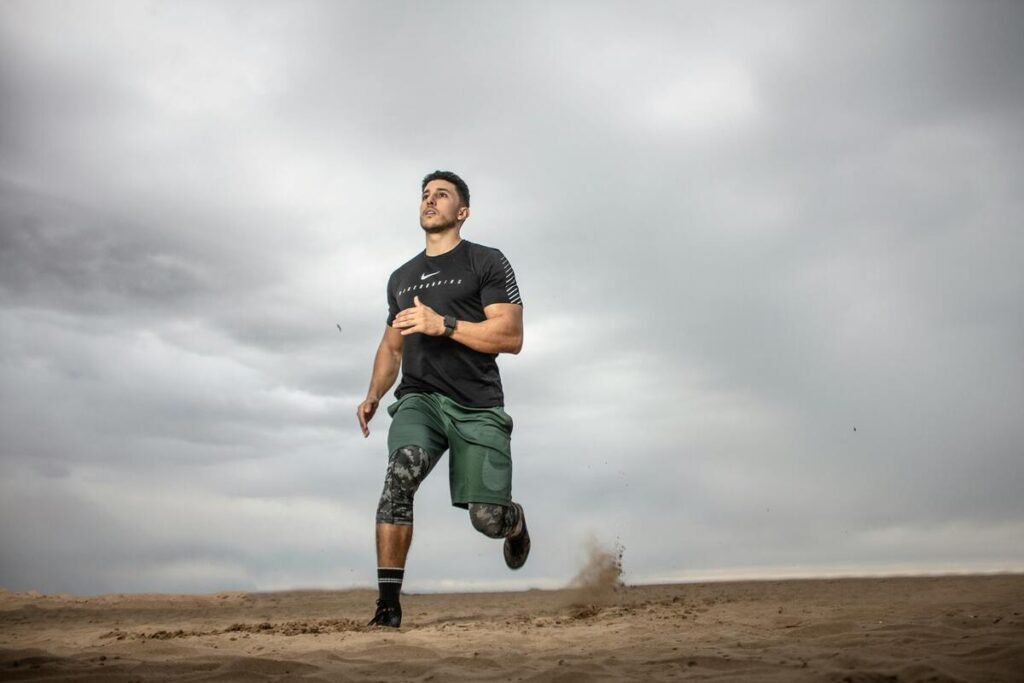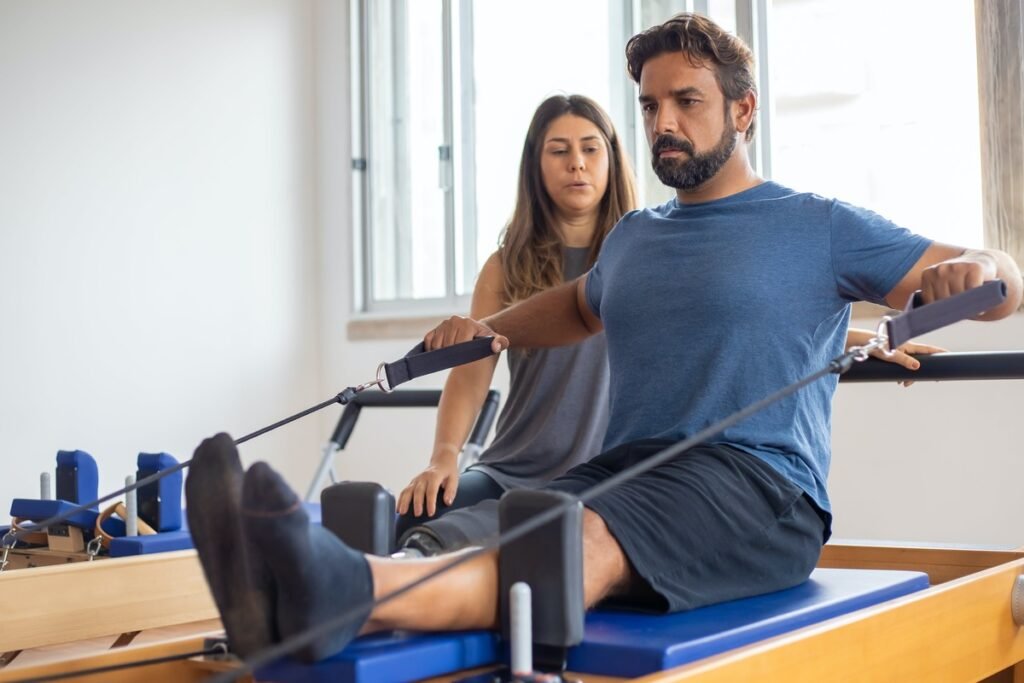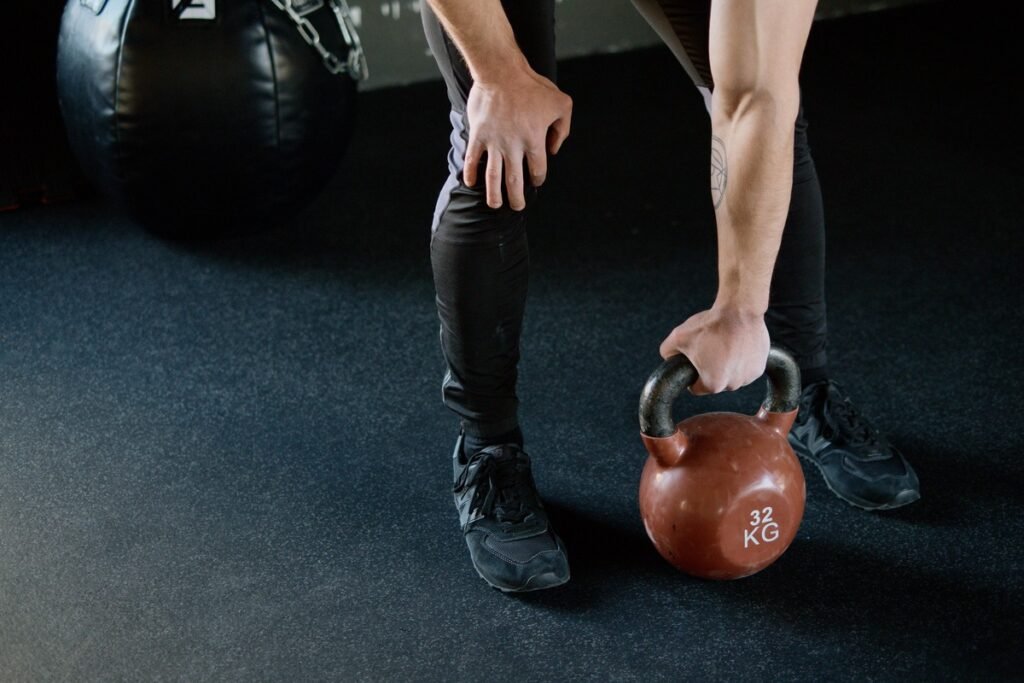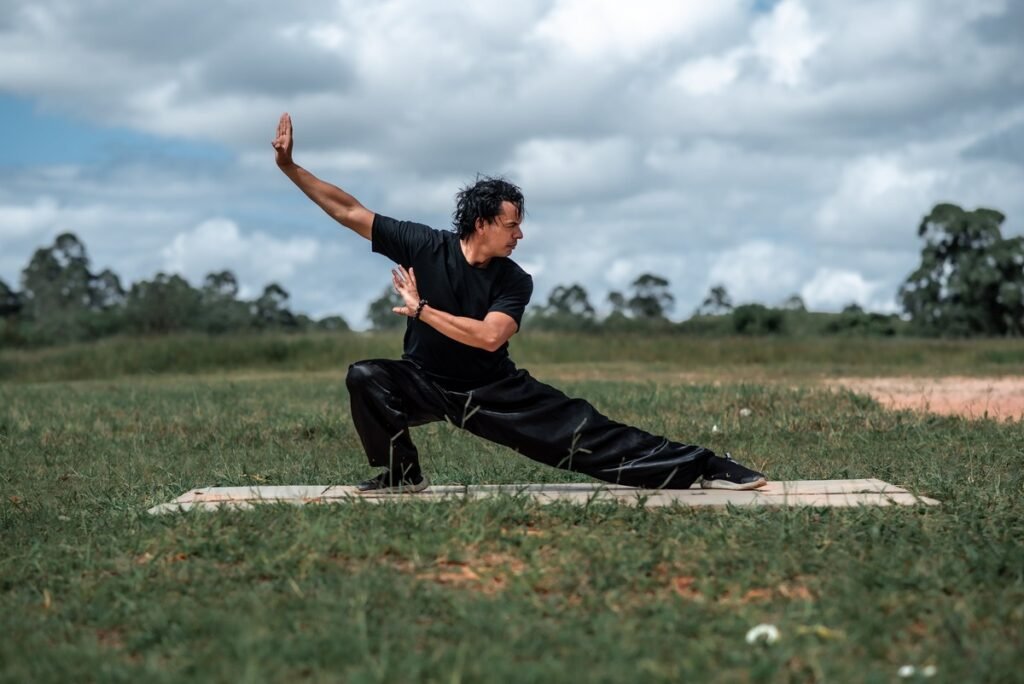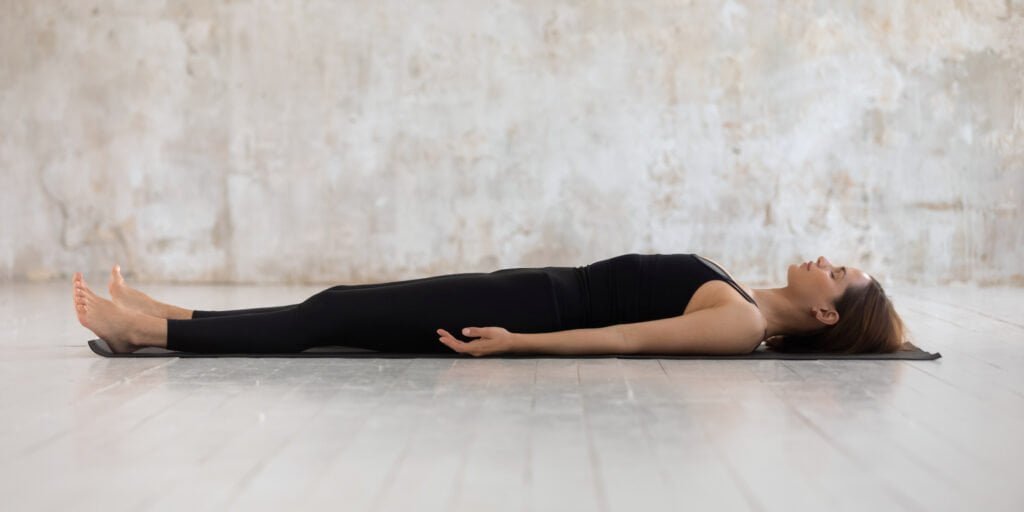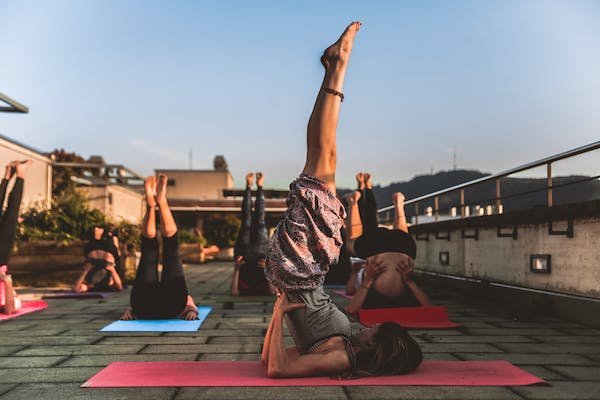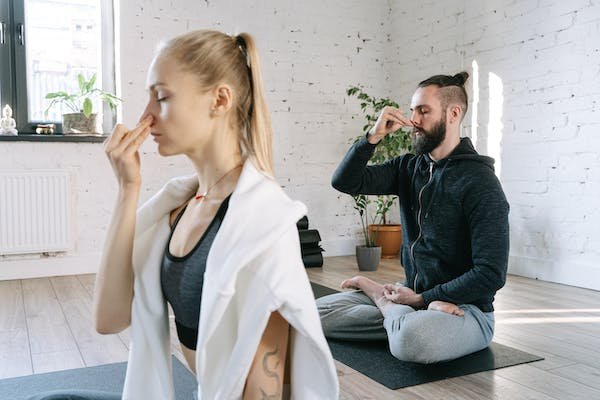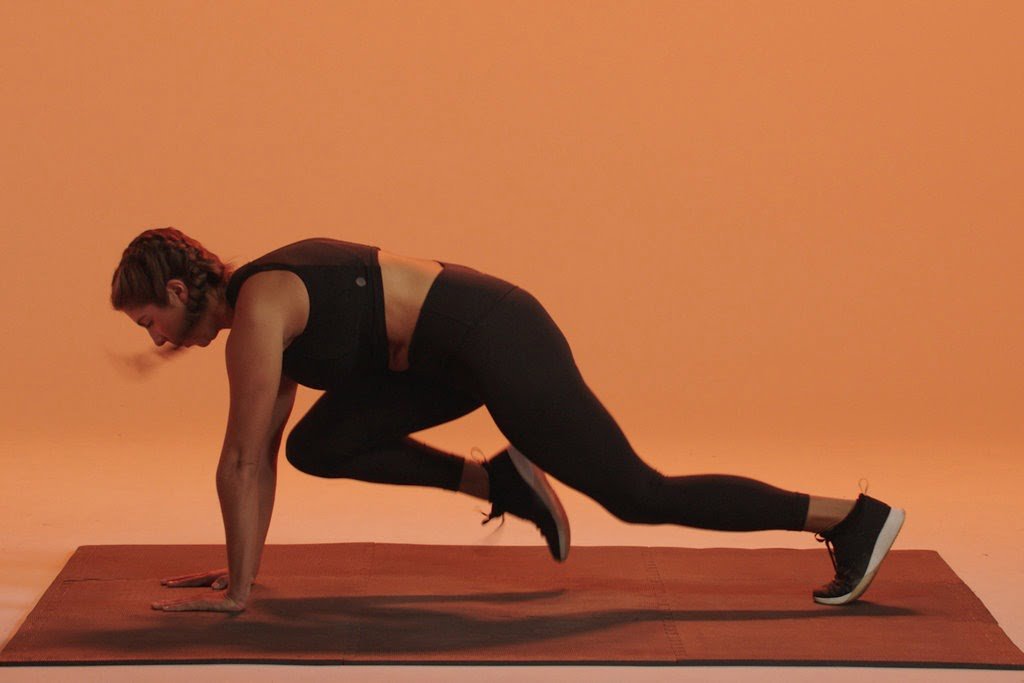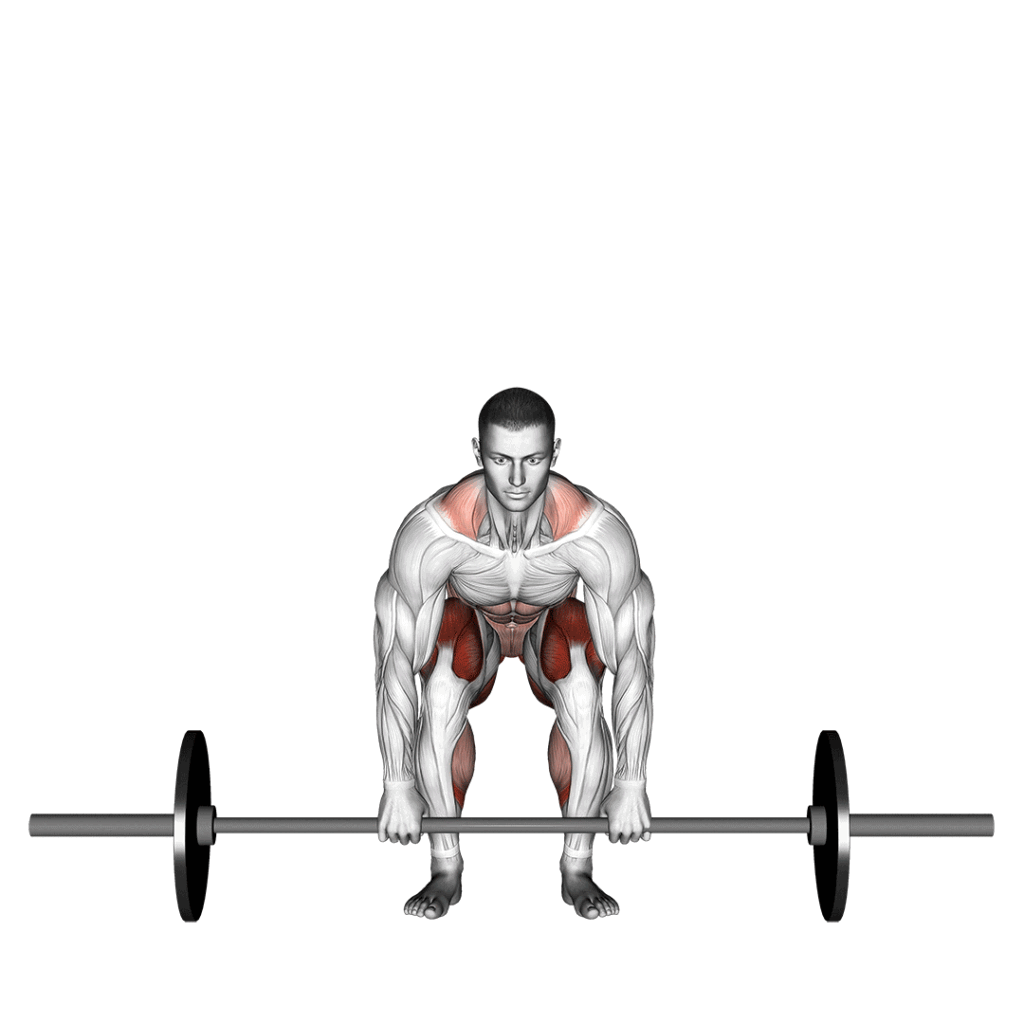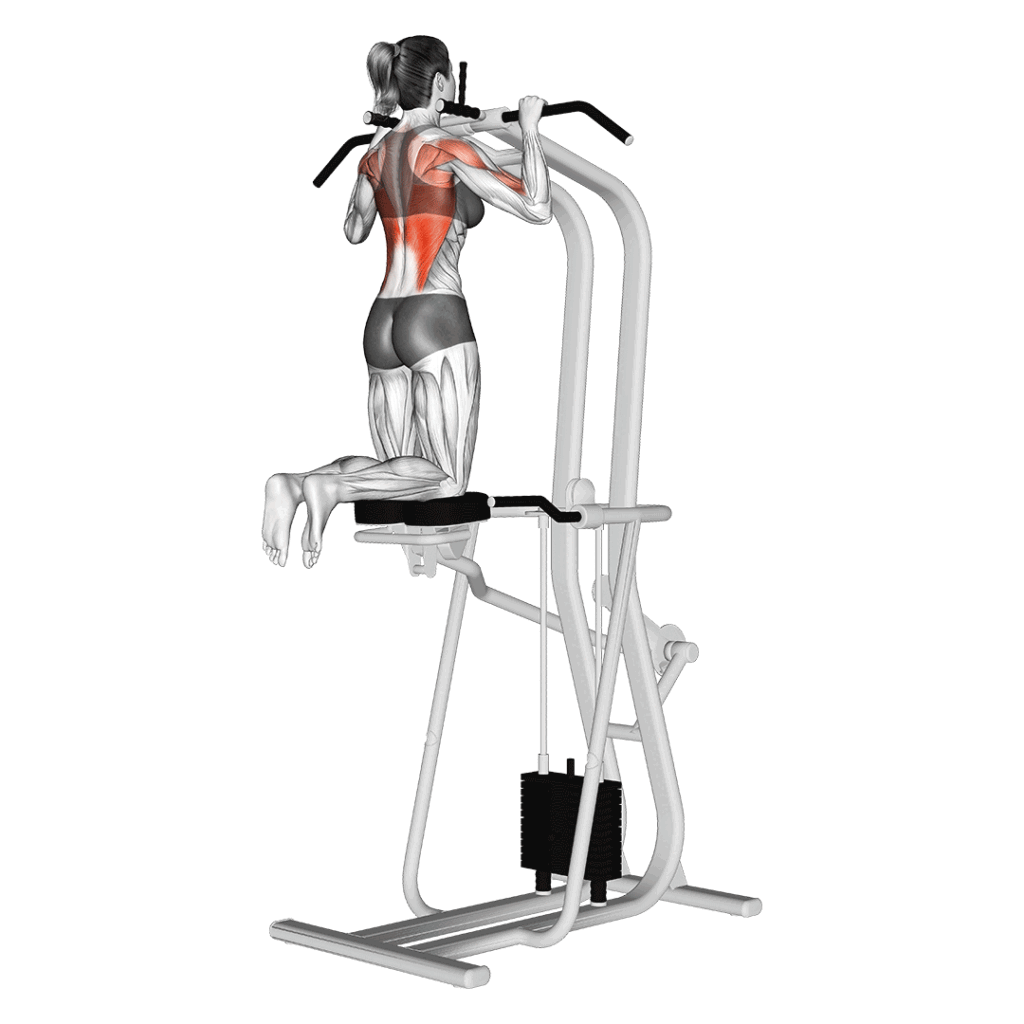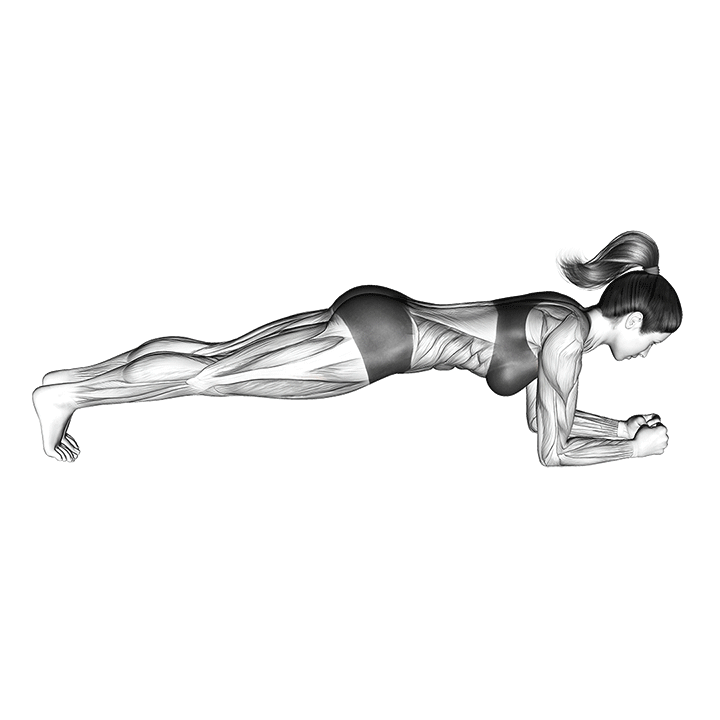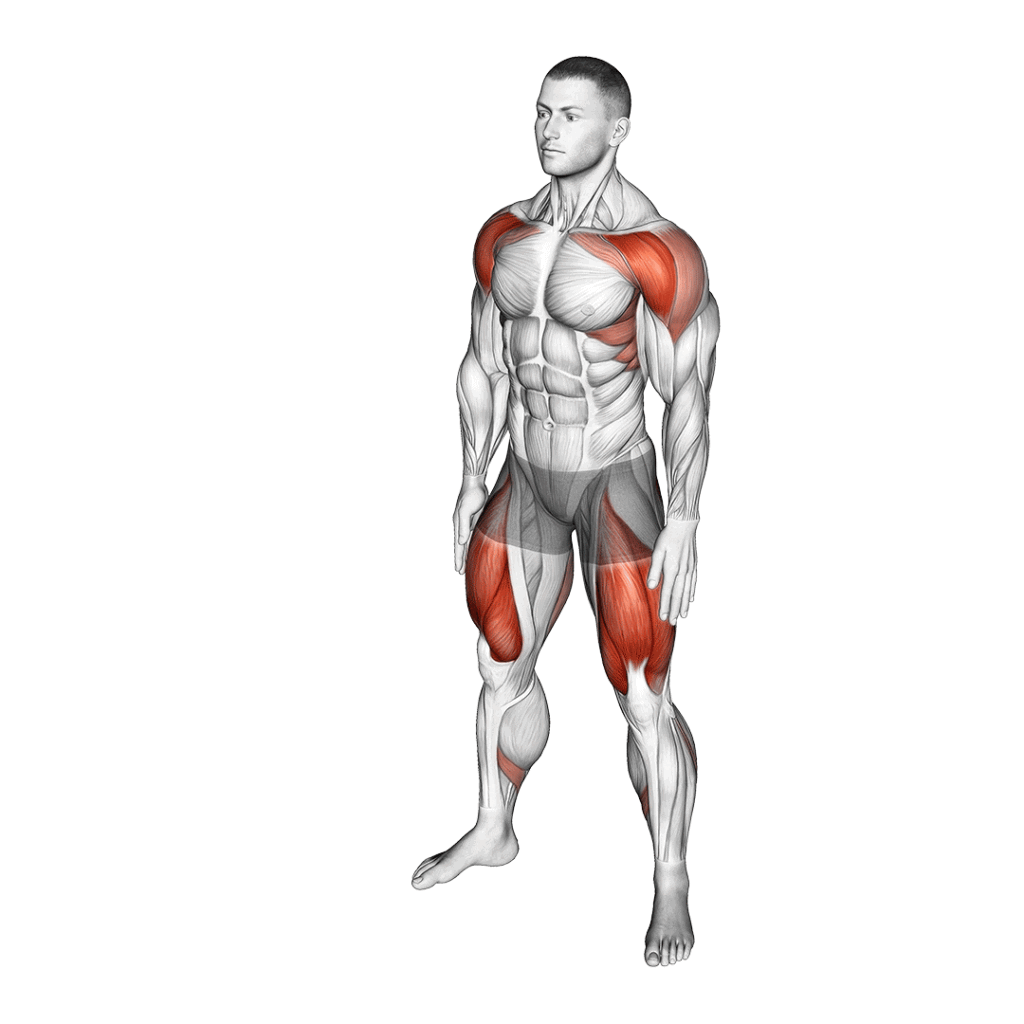In today’s fast-paced corporate world, finding time for exercise and maintaining a healthy diet can seem like an impossible task. The demands of a hectic work schedule often leave little room for personal well-being. However, prioritizing your health is crucial for sustained productivity and overall happiness.
Understanding the Importance
First, it’s crucial to grasp why balancing exercise and healthy eating is beneficial and necessary. Exercise boosts endorphins and energy levels, which can enhance your focus and efficiency, turning seemingly lost time into reclaimed productivity. Nutritious meals act as fuel for your body, supporting cognitive function and preventing energy slumps. Acknowledge the symbiotic relationship between a healthy body and an accomplished day.
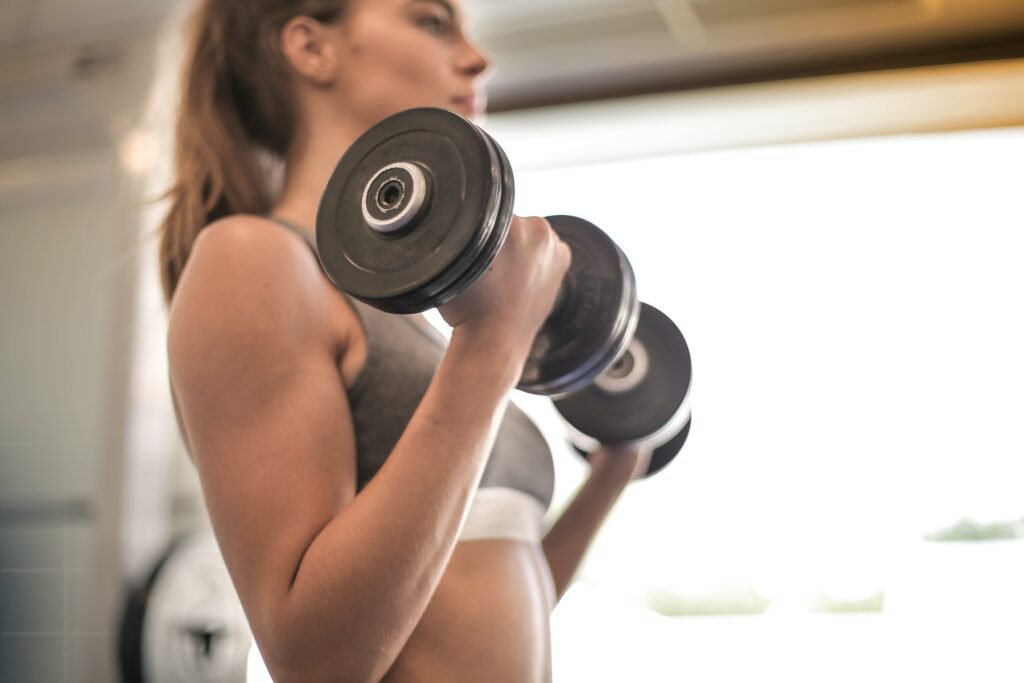
Planning and Prioritization
The cornerstone of achieving balance is effective planning. Let’s look at how you can leverage planning to your advantage:
- Schedule Workouts: Treat exercise appointments as you would important meetings. Dedicate time slots for physical activity in your day planner or digital calendar.
- Meal Prep: Allocate a few hours on a less busy day to prepare and portion meals for the week, focusing on wholesome, nutritious options that are easy to grab and go.
- Prioritize Activities: Identify time-wasters in your schedule and replace them with fitness or meal prep. For example, a 30-minute daily social media dive could translate into a quick home workout.
Smart Exercise Strategies
For those who can’t spare a large chunk of time, here are some exercise hacks:
- High-Intensity Interval Training (HIIT): Incorporate 15-20 minutes of HIIT into your day. It’s effective and time-efficient.
- Active Transportation: Cycle to work, take the stairs, park further from the entrance – small changes add to increased activity.
- Deskercise: Integrate simple exercises into your work routine, like seated leg lifts or using a standing desk intermittently.
You May Also Interested Some Yoga Poses To Manage Cardiac Health Men's 10 Best Anti-Aging Exercises
Nutritional Navigation
Healthy eating doesn’t have to be time-consuming. Keep these tips in mind:
- Snack Wisely: Have a stash of nuts, fruits, and yogurt at your workplace for healthy snacking, reducing the temptation to reach for fast food.
- Hydrate: Drinking water regularly curbs hunger pangs and keeps you hydrated, promoting better metabolic function.
- Choose Quick Healthy Meals: Opt for salads, wraps, or pre-made quinoa bowls that are portable and quick to eat.
Mindset and Flexibility
Maintaining balance requires a realistic mindset and flexibility:
- Be Adaptable: When things don’t go as planned, adapt. If you miss a workout, try to incorporate more activity into the rest of your day.
- Forgive Yourself: Don’t be harsh on yourself if you indulge in an unhealthy meal. Balance is about the overall picture, not perfection in every choice.
- Stay Motivated: Keep your eye on the long-term benefits of a healthy lifestyle, allowing this vision to motivate your day-to-day choices.
To Summarise
Balancing exercise and healthy eating amidst a busy day demands mindfulness, commitment, and a bit of creativity. By effectively planning, adopting strategic exercise routines, making smart food choices, and fostering a flexible mindset, you can build and maintain a lifestyle that supports your well-being without sacrificing your productivity. Remember, the path to wellness is a journey, not a sprint. Take it one step at a time, appreciating the progress you make each day toward a healthier you.
